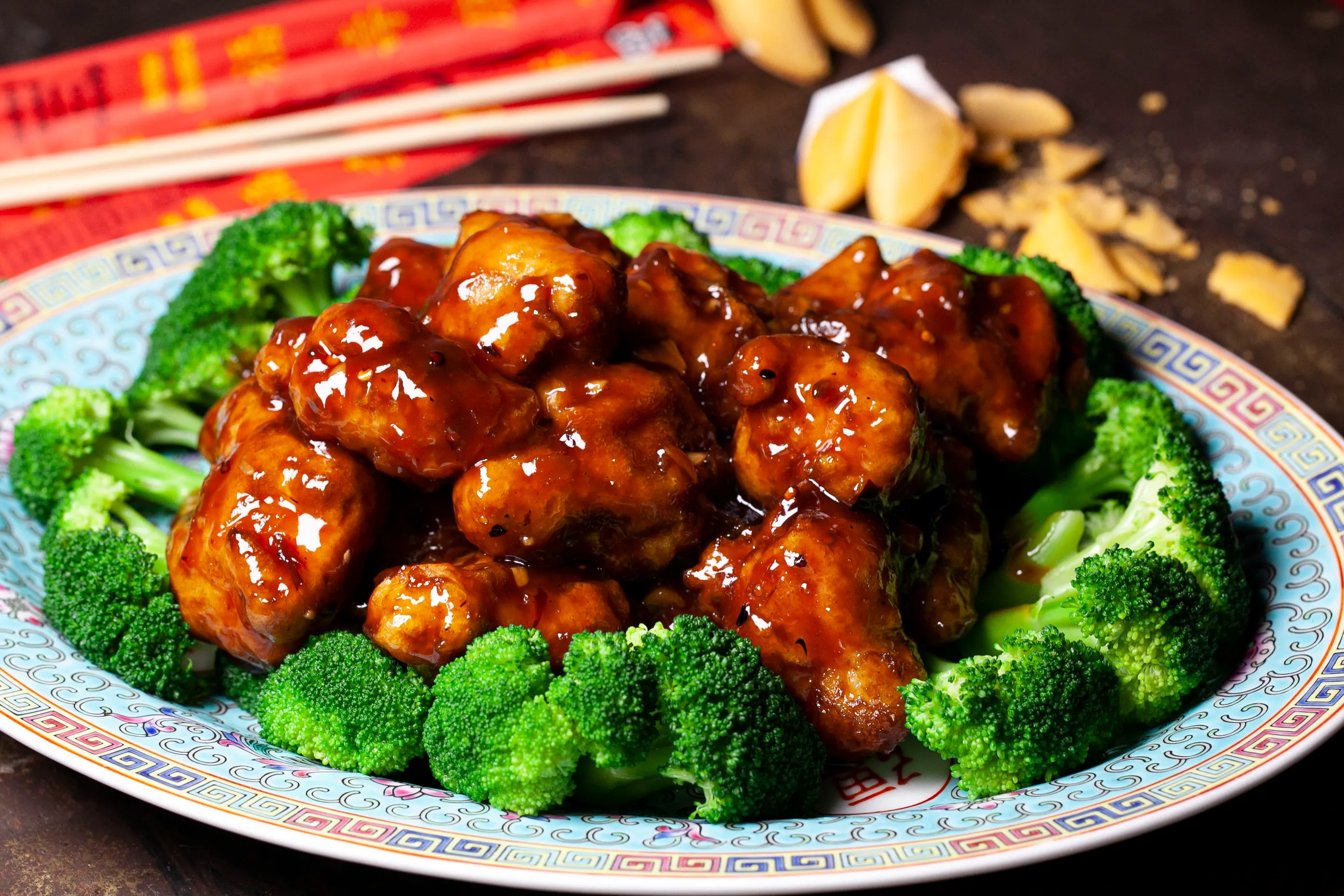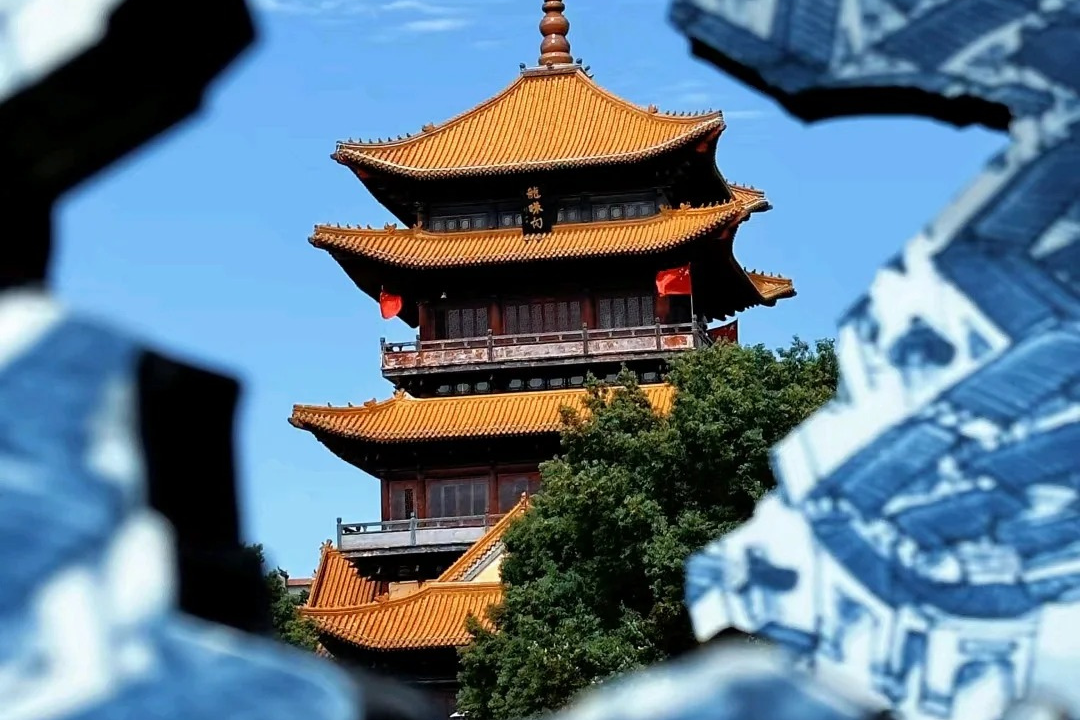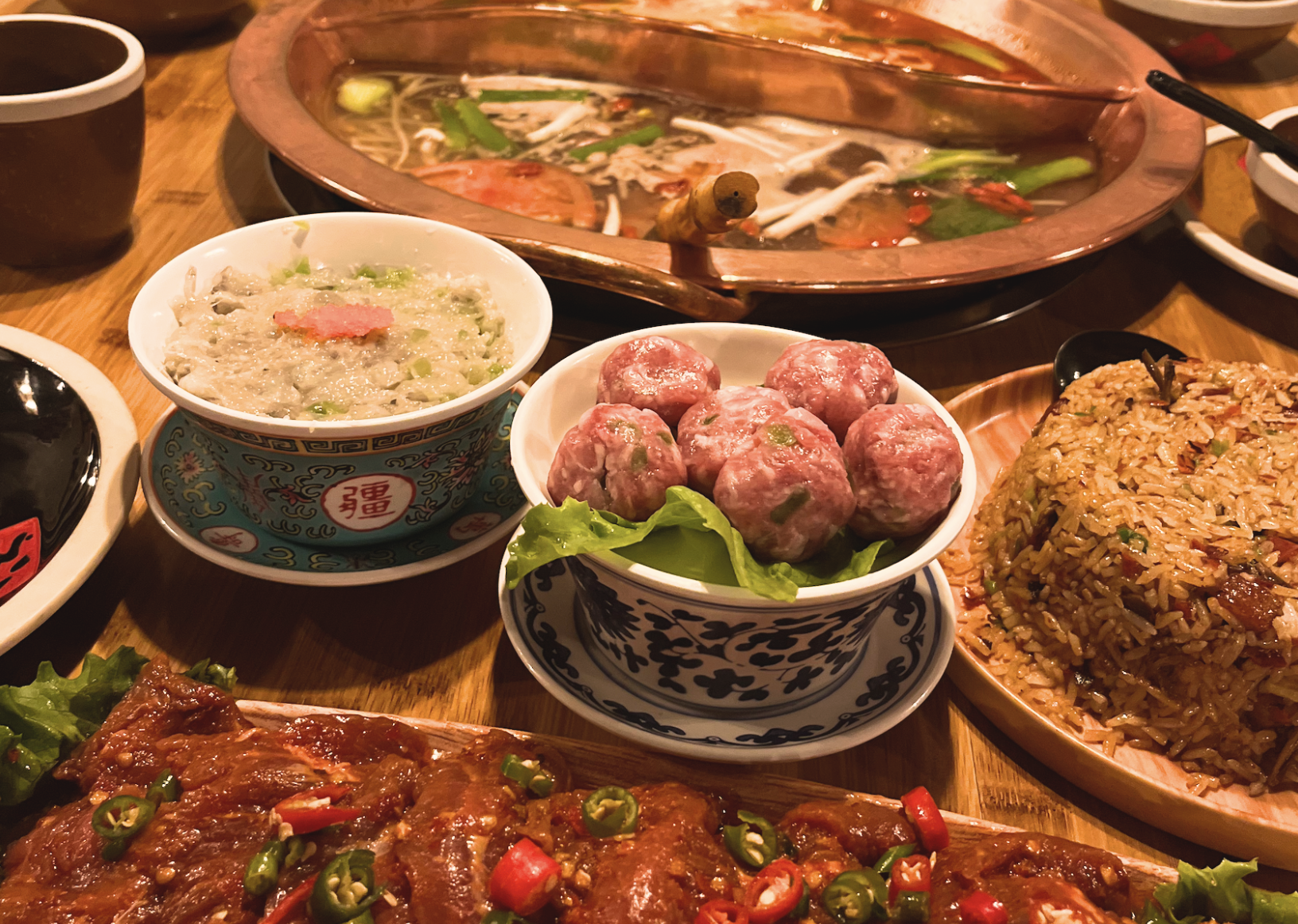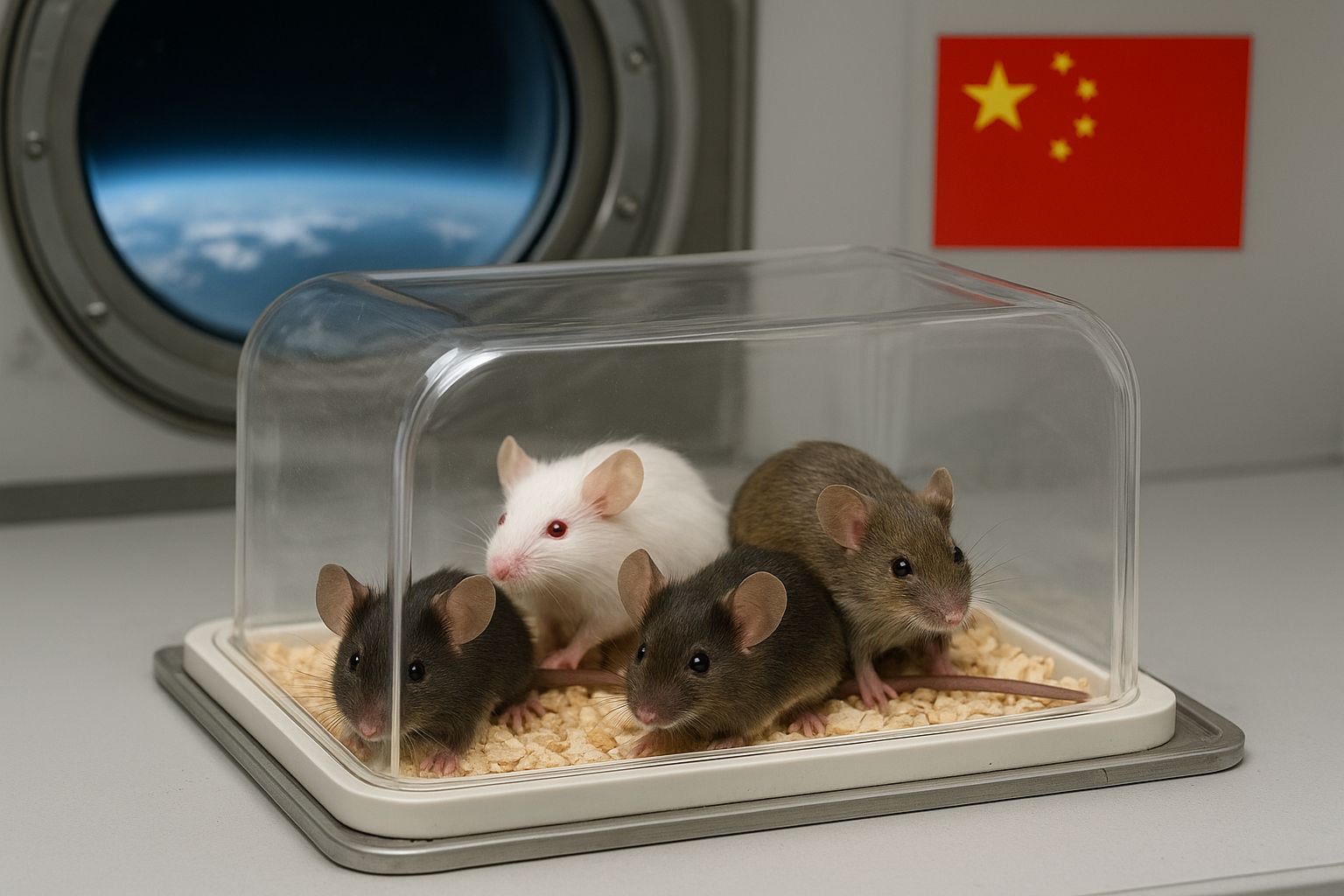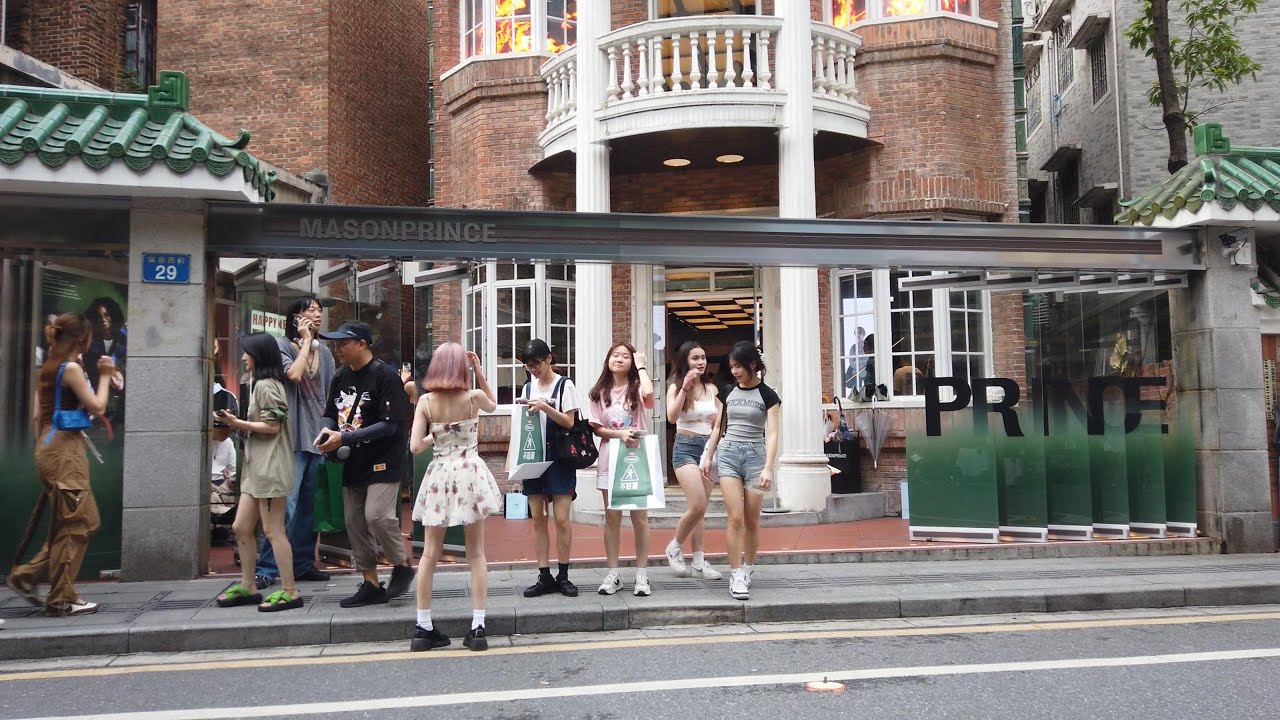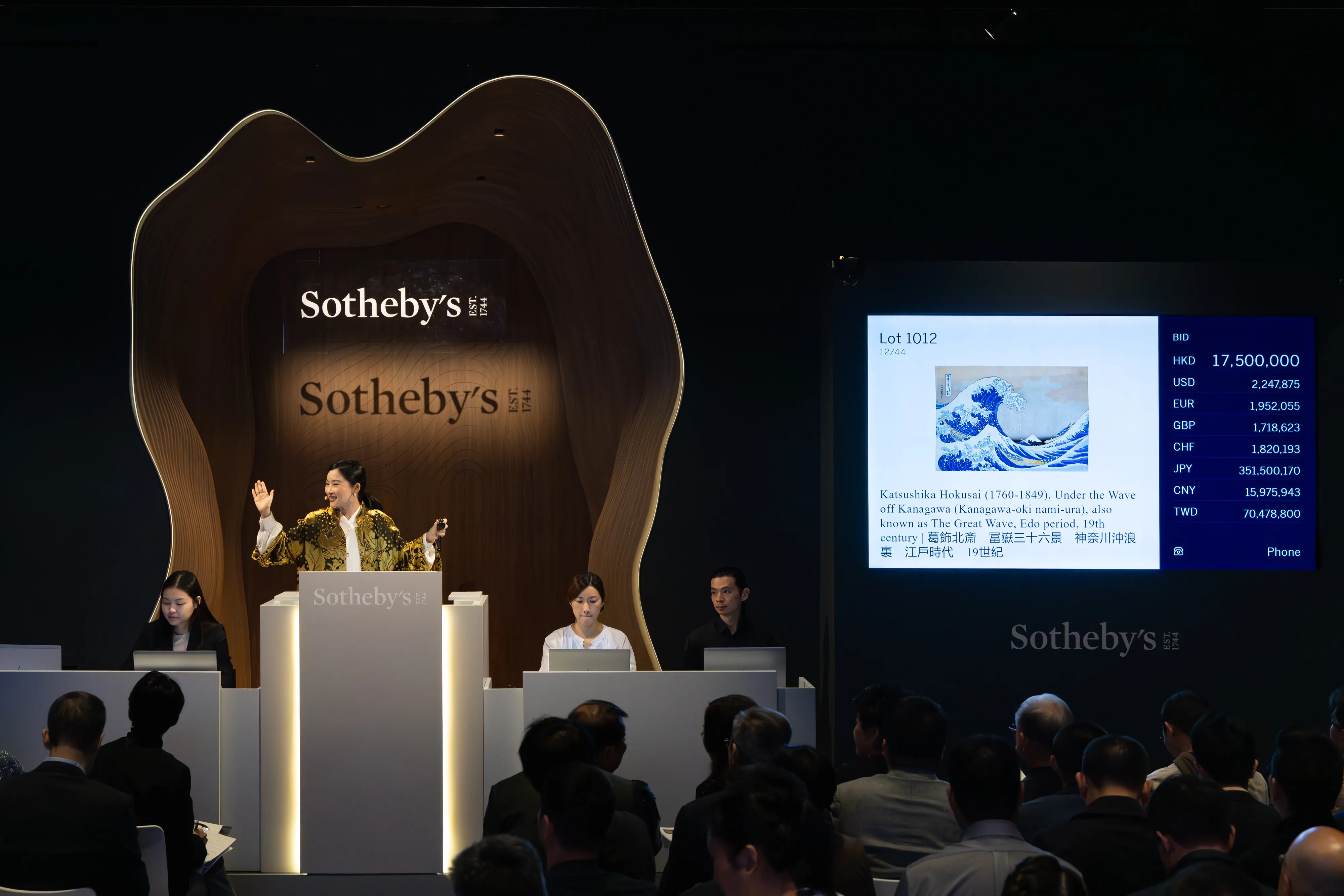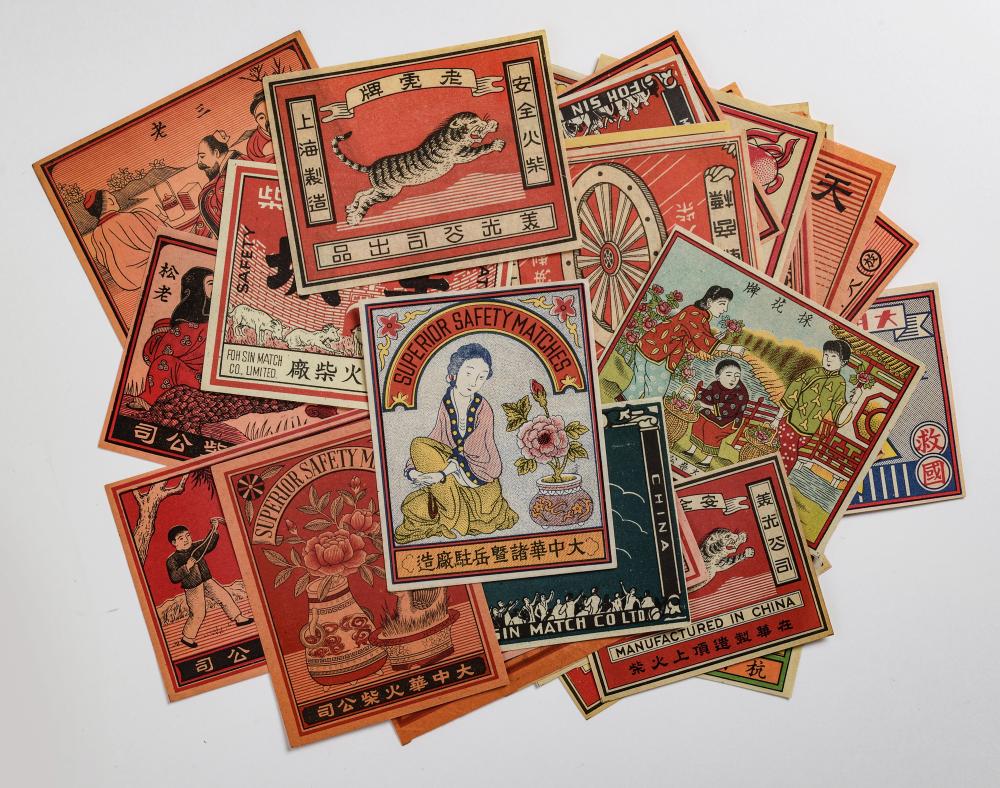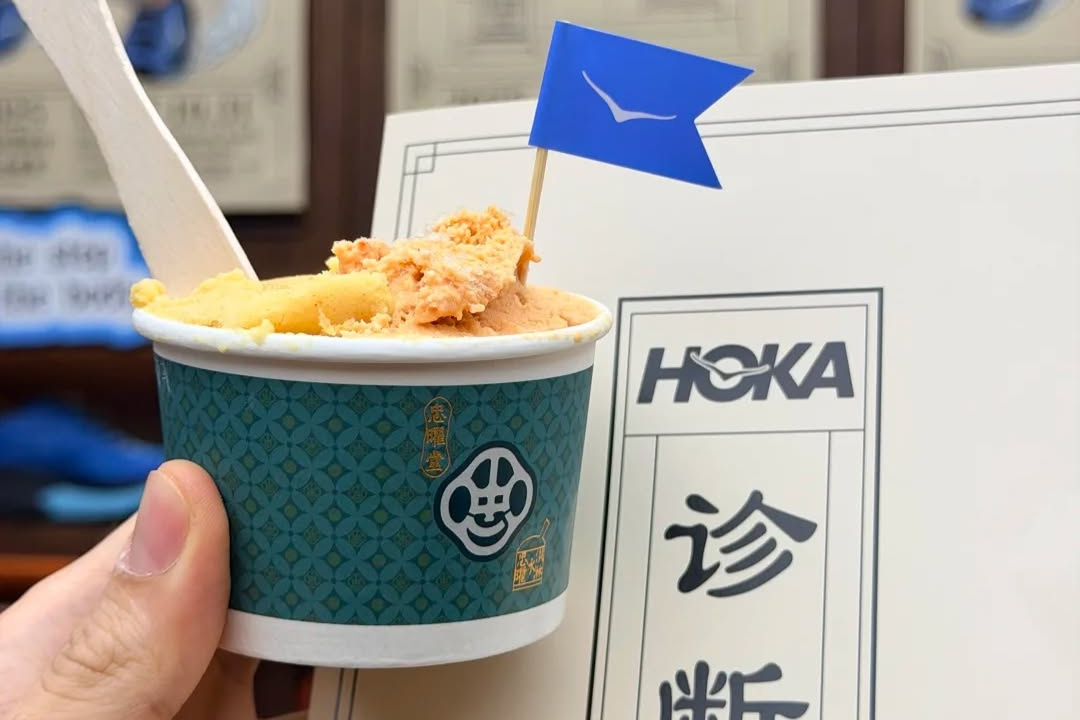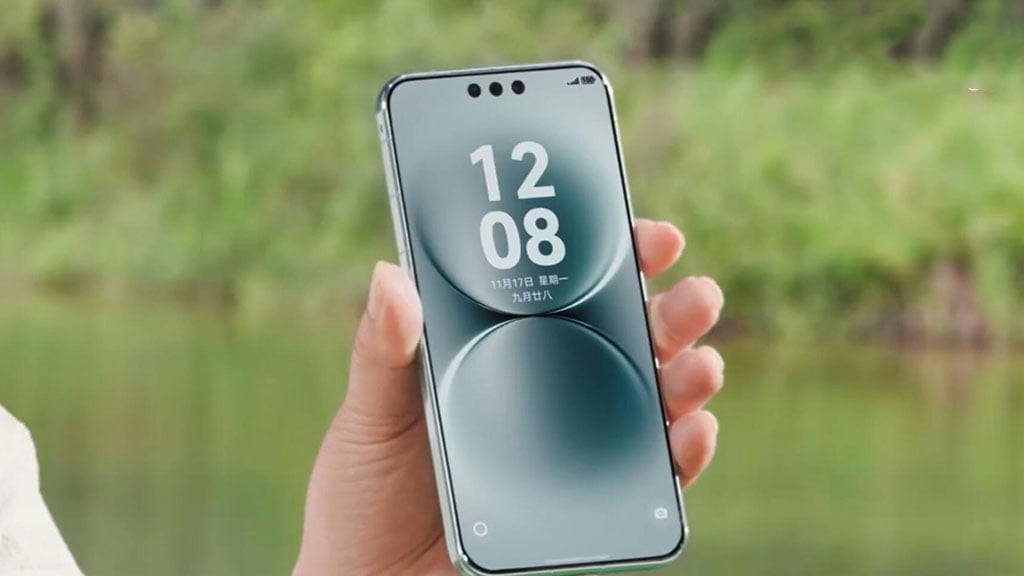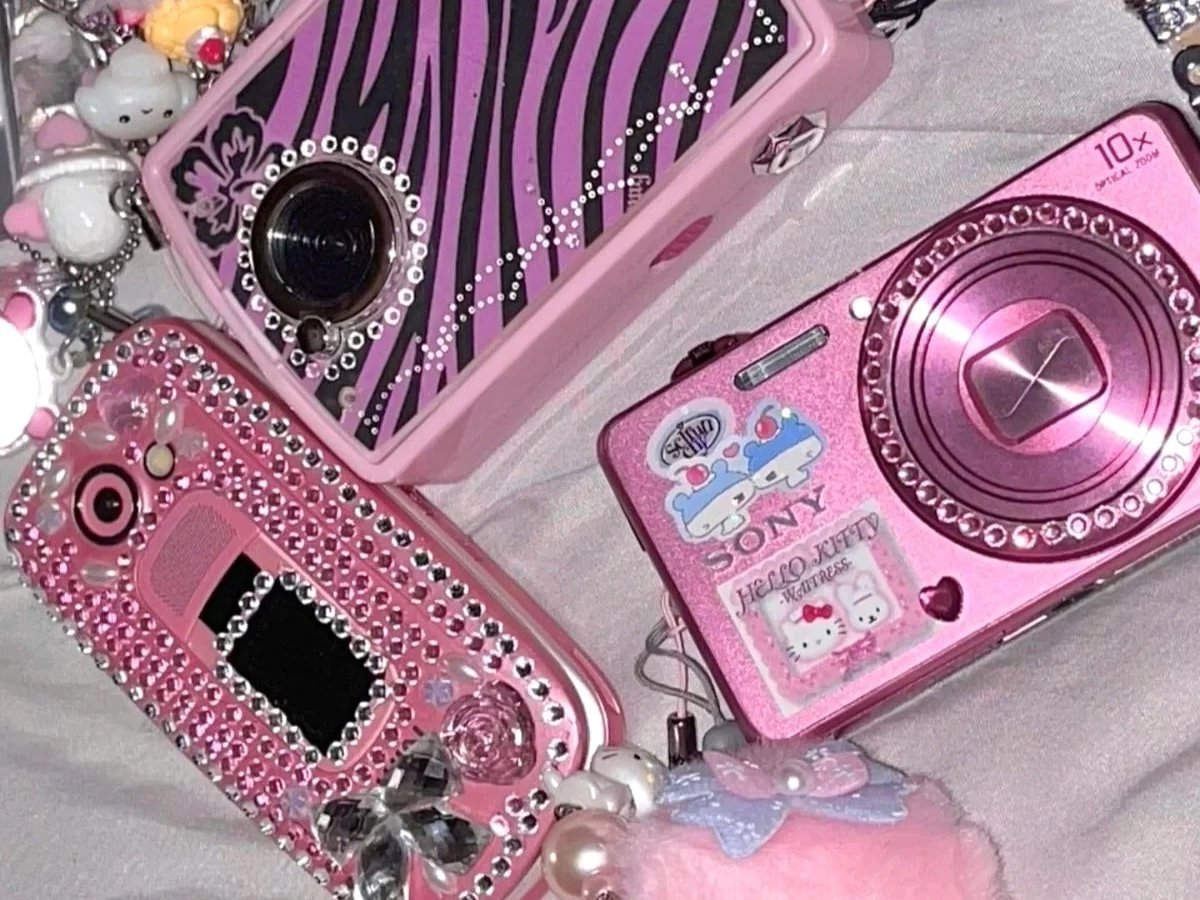Jingdezhen, often hailed as the “Porcelain Capital” of China, is a city where ancient artistry meets contemporary cool. With a millennium of ceramic heritage, this Jiangxi Province gem has masterfully reinvented itself, moving from an industrial past to a vibrant future, becoming a magnet for young creatives and cultural tourists alike.
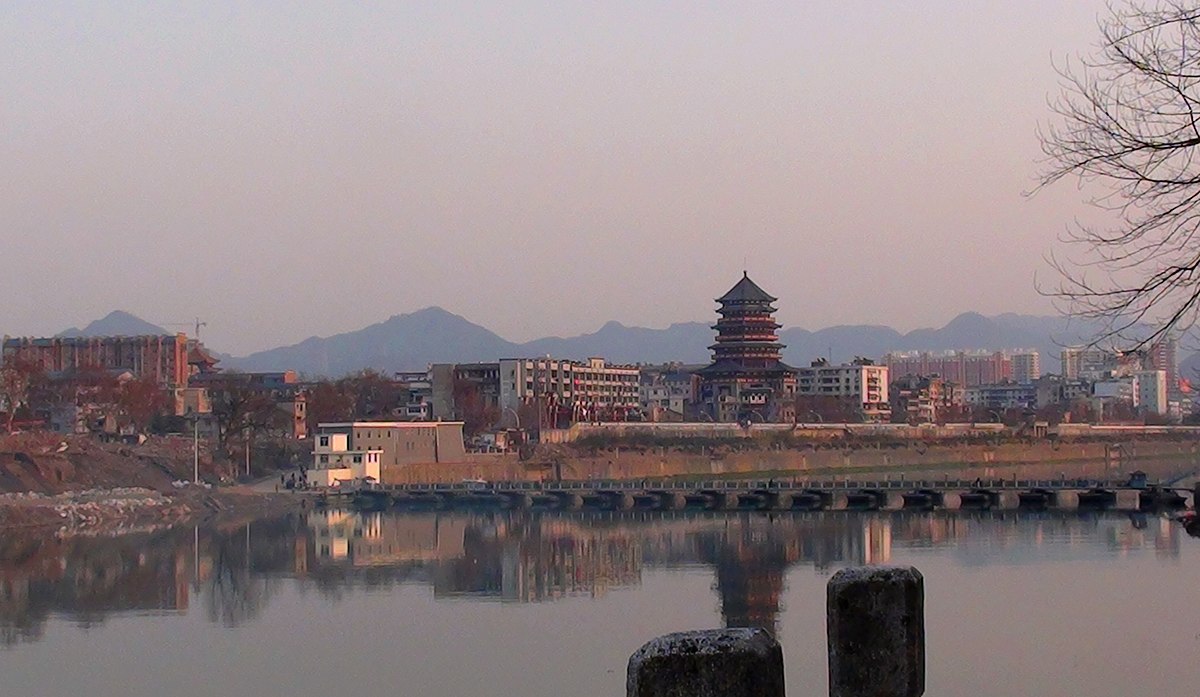
For over a thousand years, Jingdezhen has been at the heart of China’s porcelain production, its name synonymous with exquisite craftsmanship, especially the world-renowned blue-and-white porcelain that captivated global markets for centuries. Today, while machines aid in standardized mass production, the city’s soul remains in its bespoke, handcrafted pieces, where the meticulous skill of artisans breathes life into every detail, creating heirlooms for tomorrow.
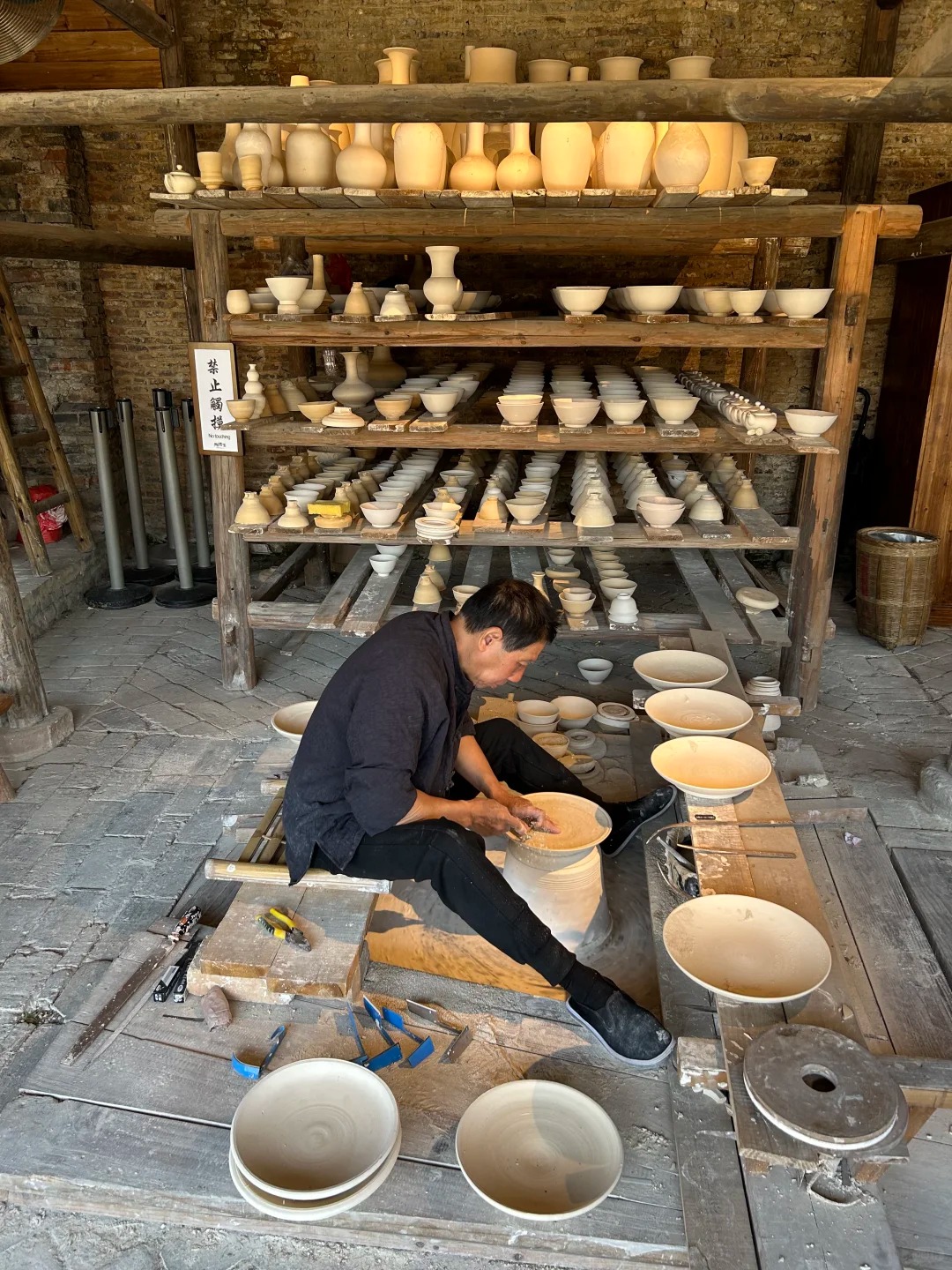
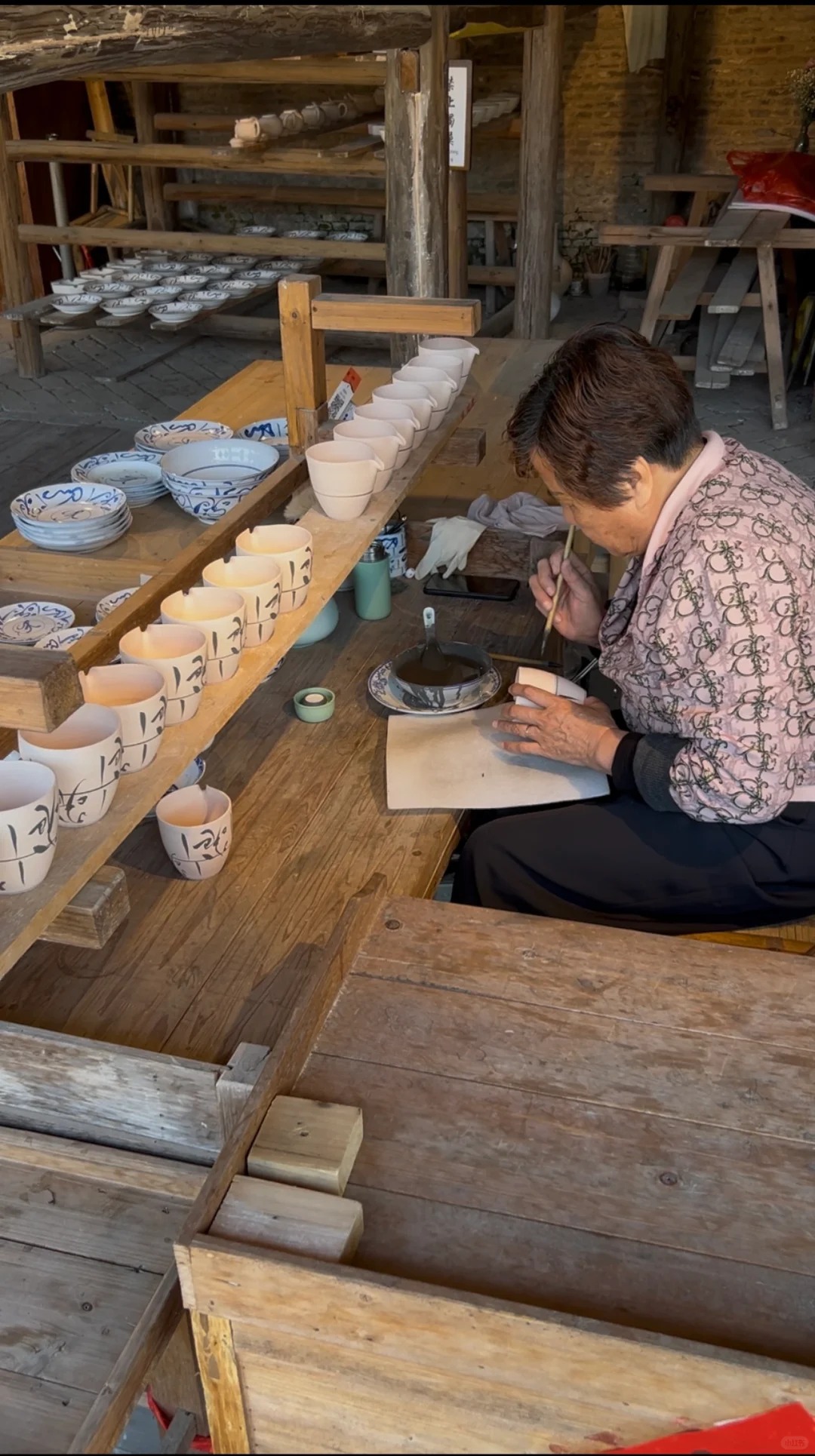
This blend of tradition and innovation is most evident in places like Taoxichuan Ceramic Art Avenue, a former factory site ingeniously repurposed into a dynamic cultural hub. Here, historical essence is preserved while fostering a space for art, design, and entrepreneurial spirit. Jingdezhen isn’t just looking back; it’s actively shaping the future of ceramics and creative industries.
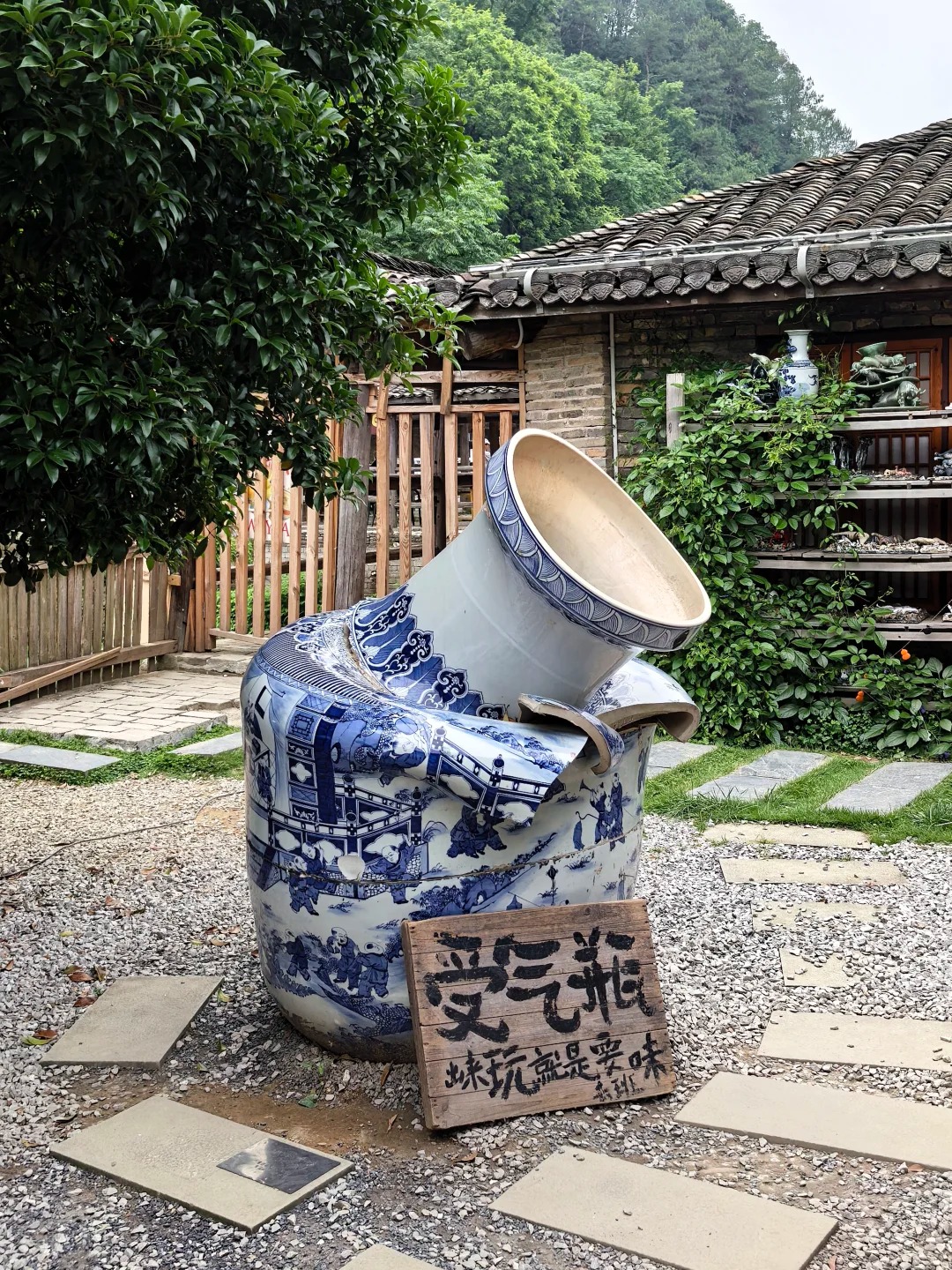
A significant trend attracting national attention is the “Jing Drifters” phenomenon. Young creatives, often from major Chinese cities, are flocking to Jingdezhen, seeking an alternative lifestyle away from the urban rat race. Take our article on glass artist Chinyurin, for example. They find solace and inspiration in the city’s lower cost of living and a thriving community of like-minded artists. The Sculpture Factory in the East City Area, with its trendy cafes, vibrant graffiti, and diverse workshops, perfectly encapsulates this new energy, becoming a haven for those pursuing passion over profit. These young talents are not only revitalizing the ceramic scene but also bringing new forms of art, including lacquerware, silverware, and performance art, enriching Jingdezhen’s creative tapestry beyond porcelain.
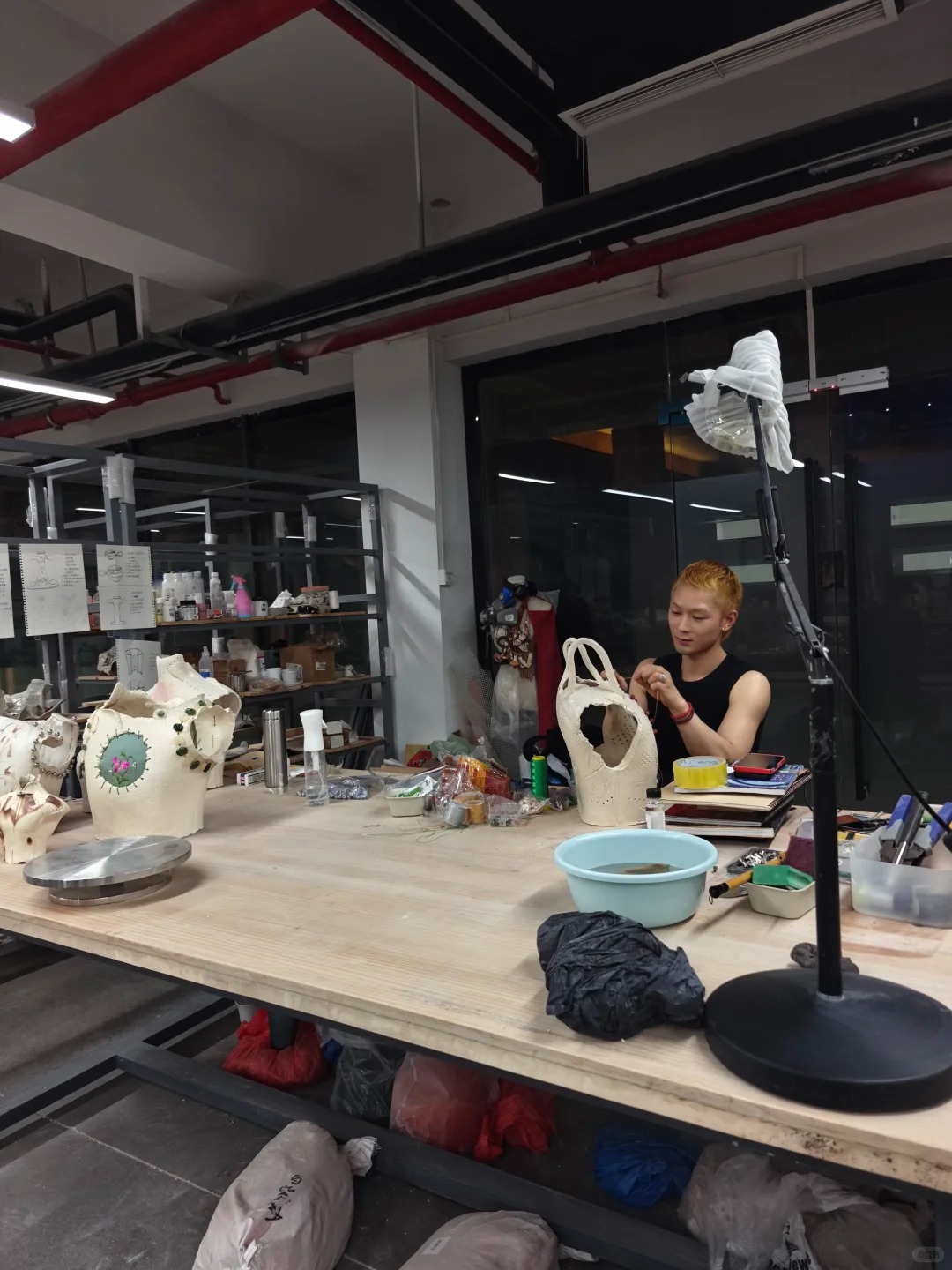
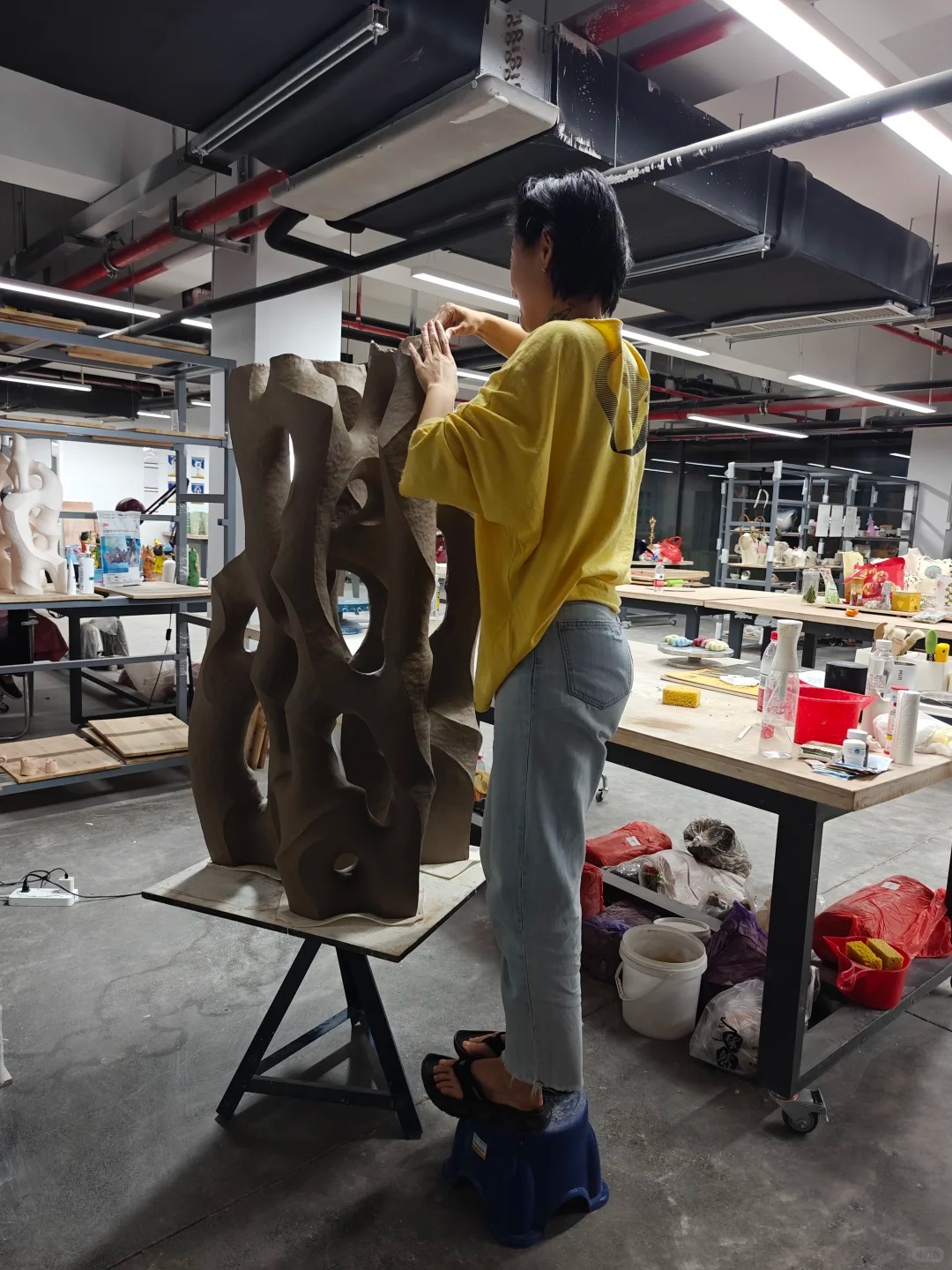
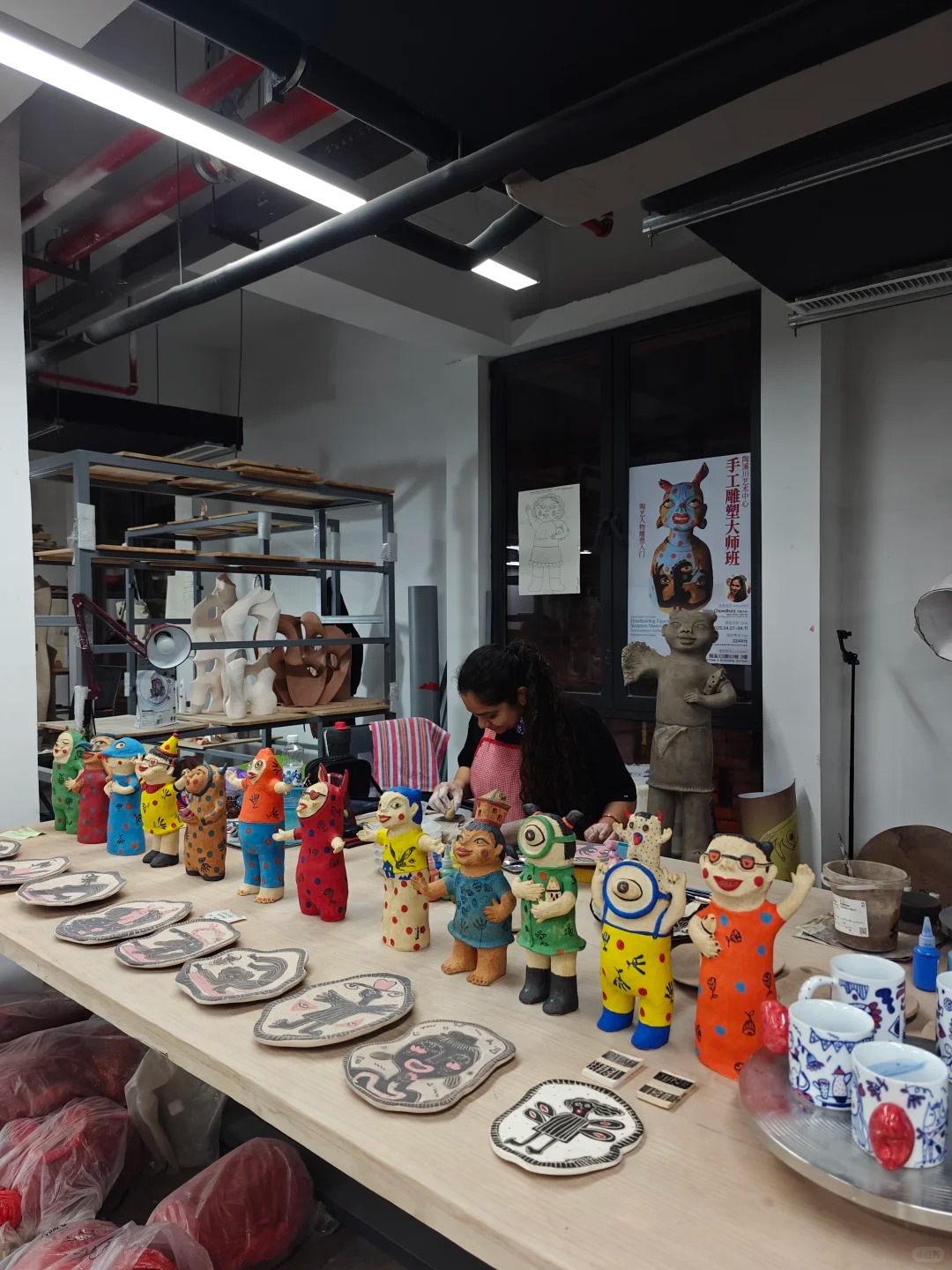
Jingdezhen also shines on the international stage, with recent exhibitions showcasing its enduring legacy and modern dynamism. The city’s commitment to cultural exchange is further highlighted by events like the annual China Jingdezhen International Ceramic Expo, which draws global buyers and exhibitors, fostering international collaboration and trade. And as such, why wouldn’t the city embrace its porcelain heritage in ways that transcend beyond ceramics? Take, for example, the blue-and-white porcelain-stained dumplings, and of course, the porcelain coffee cup to go.
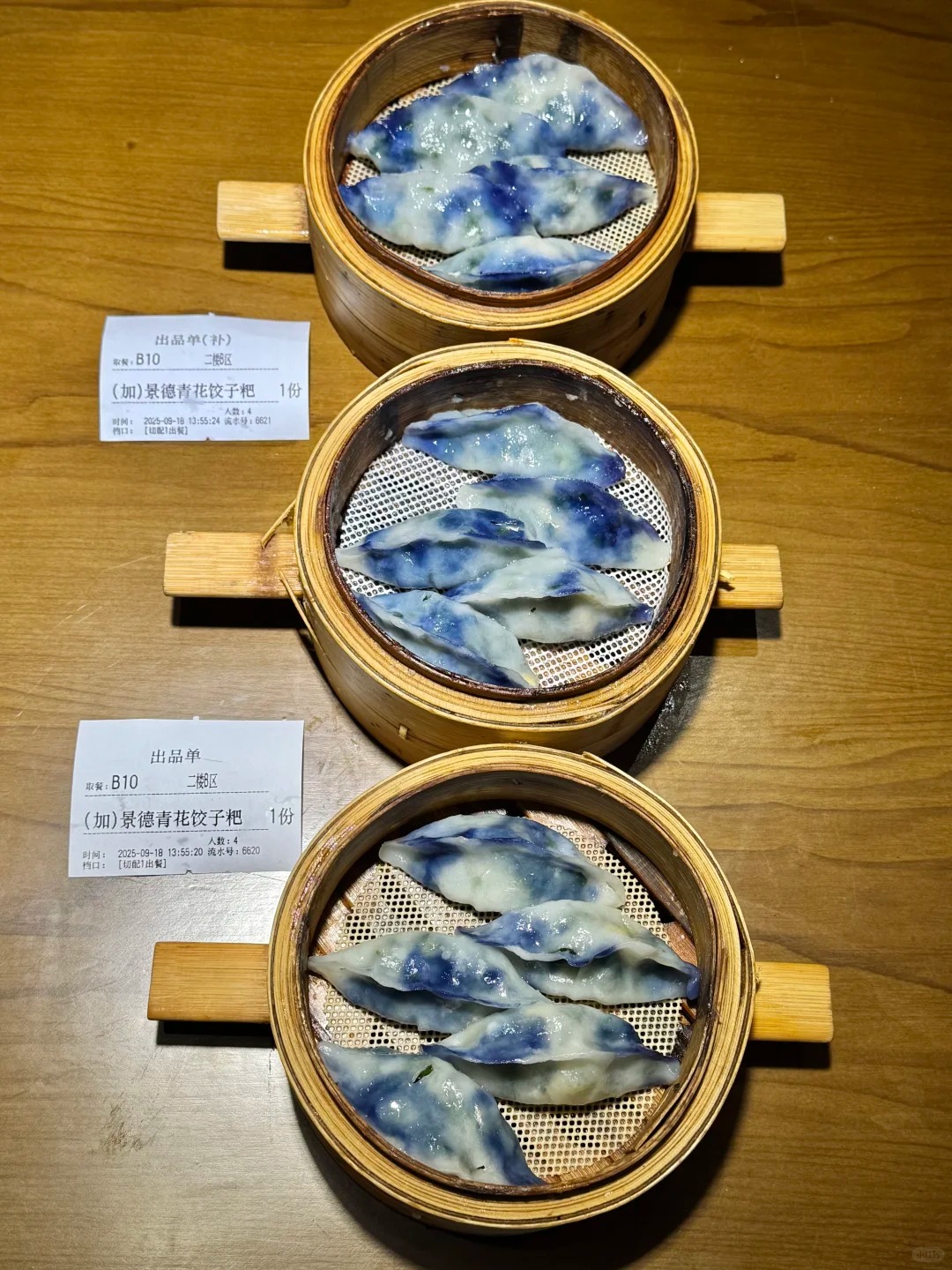
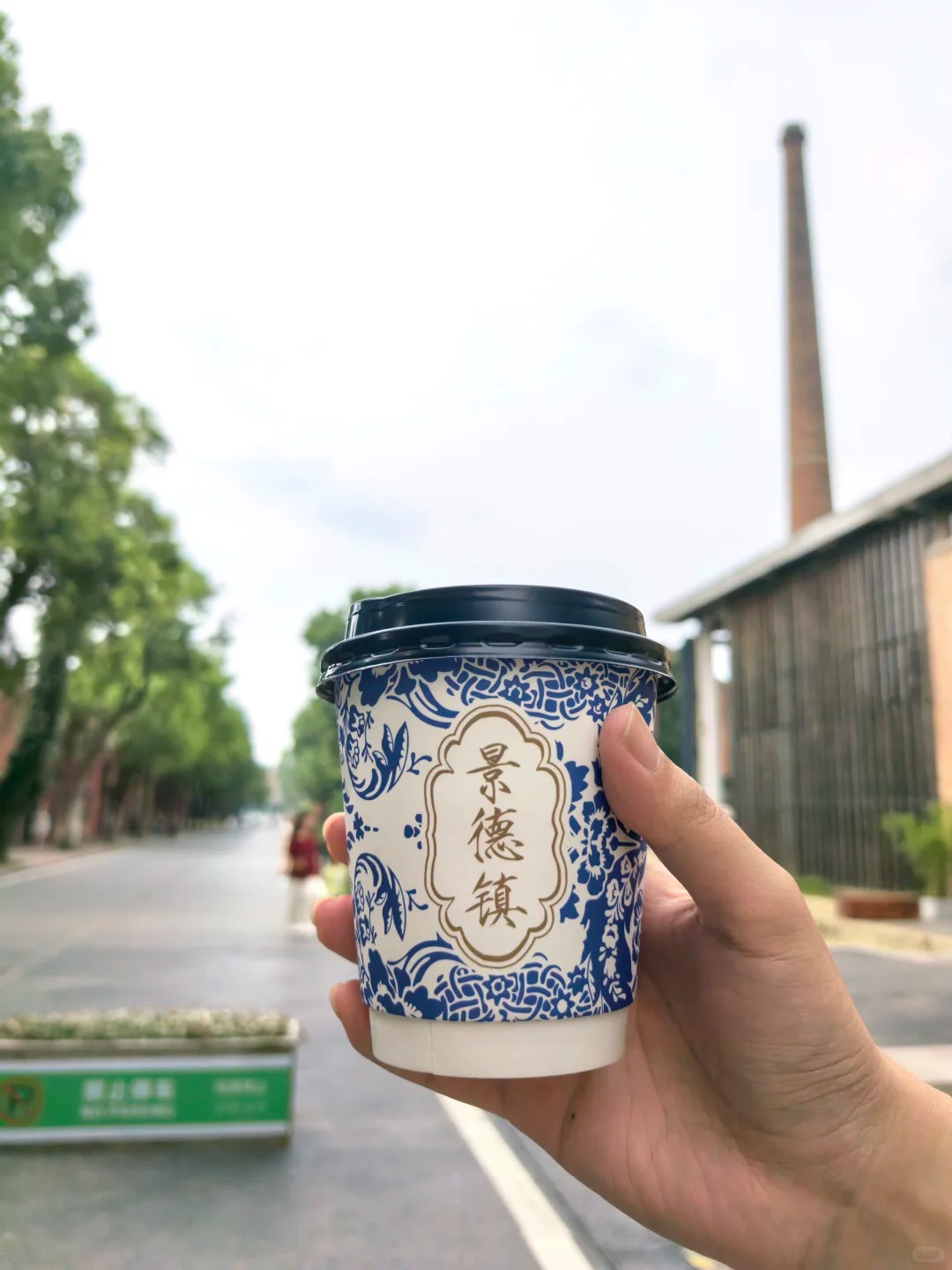
The city’s transformation is a testament to China’s cultural tourism boom, where young consumers are increasingly drawn to authentic experiences and the stories behind traditional crafts. Jingdezhen offers deep, participatory engagement, allowing visitors to connect with its heritage in a tangible way. It’s a city where every street, every building, and every piece of art whispers tales of a glorious past, while boldly embracing the possibilities of the future.
And speaking of transformation, if you haven’t seen our video on how young artists are reshaping and modernizing the art form of Chinese ceramics through new, innovative techniques—like the addition of tech—give it a watch below. And if you’re now thinking of visiting the amazing city yourself, here’s a link that may be able to help you out with booking your travel and stay.
Cover image via Xiaohongshu.
